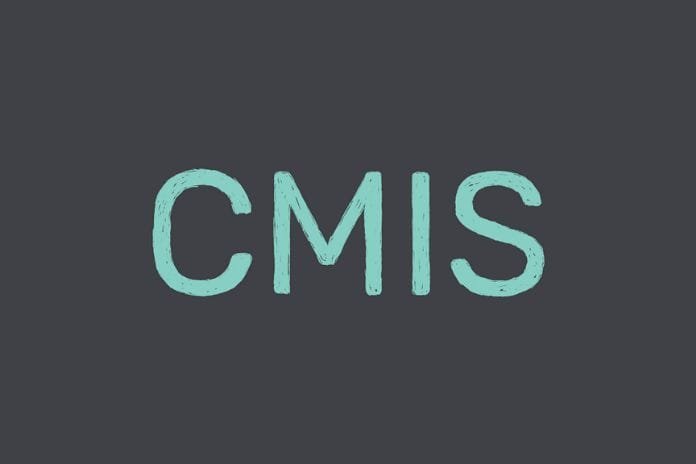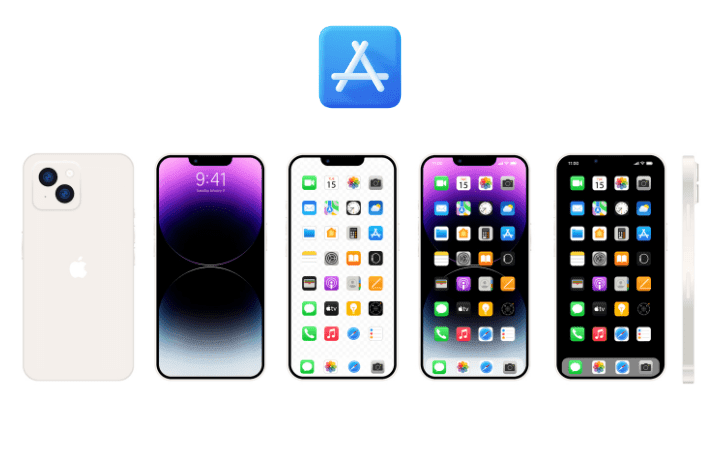What Is CMIS?

CMIS is short for Content Management Interoperability Services. The term describes an open, manufacturer-independent standard for connecting different content management systems. The non-profit organization OASIS was created and is responsible for this. The list of available content management systems (CMS), including the often different file formats, is long. These are by no means always open-source solutions with open interfaces.
Instead, many manufacturers rely on proprietary applications. The result is the notorious “content silos.” For example, content from a CMS can only be shared with a document management system (DMS) or enterprise resource planning software (ERP) from the same company (or a license partner). This is where the concept of Content Management Interoperability Services (CMIS) comes in. They create an open, manufacturer-independent standard that connects different CMS to existing solutions.
The CMIS Concept In Detail
The Substance, The board Interoperability Administrations, return to the Association for the Progression of Organized Data Norms (Desert garden – “Association for the Reinforcing of Guidelines for Organized Data”). CMIS adaptation 1.0 was delivered in May 2010. Variant 1.1 followed three years after the fact and is the ongoing rendition accessible until now.
Right all along, Desert garden had a norm at the top of the priority list that would be utilized in effective business content administration (ECM). As currently demonstrated, the point was to guarantee interoperability with DMS and ERP arrangements presently being used in organizations. Partaking organizations that work on the norm under the umbrella of Desert spring incorporate Microsoft, IBM, SAP, Amazon, Adobe, Red Cap, and Prophet.
The methodology could be more constrained. A deliberation layer is put on a CMS with its points of interaction. This is a specific application that permits access. Figuratively talking, it is a connector for individual restrictive arrangements. In substantial terms, this is made conceivable through the alleged CMIS clients and the CMIS servers. These clients are the application layer. They speak with the server using the web administration interface given by it.
This implies the server provides an internet-based passageway that clients can use to intercede in the Association between their CMS and another arrangement. A specific convention is utilized for this, which controls the Association executive’s cycle. Admittance to the projects’ vaults is made conceivable through the convention. The term storehouse portrays the focal stockpiling for information, records, and so on – along these lines, a trade of content is made conceivable.
Four Object Types As An Organizational Principle
The Content Management Interoperability Services recognize four basic object types: documents, folders, relationships, and policies. The concrete objects themselves can have numerous properties. This is due to the nature of things: records exist in different sizes and formats, for example. To relate the objects to each other, a superordinate organizational principle must be understood by all things. The CMIS standard also takes on this task.
“Relationship” means that interactions between objects are only possible in the first place. The objects can be addressed via three so-called bindings. This refers to specialized interfaces that provide “glue code” that ensures a connection. The Simple Object Access Protocol (SOAP) was already on board in version 1.0. Version 1.1 added RESTful AtomPub (in XML format) and RESTful Browser Binding (in JSON format).
The following solutions support the CMIS standard, for example:
- Apache Chemistry InMemory Server 1.1.0
- dotCOM 2.2
- HPTrim 7.1
- IBM Content Manager 8.4.3
- Microsoft SharePoint servers
- OpenCMS 8.5
- Oracle Web Center Content
- SAP HANA Cloud Document Service
Final Remark
The development of the CMIS standard has stood still for some time, although content management has made significant progress. For example, the integration of videos could be improved for generic CMIS clients. Many CMS developers have therefore developed their own CMIS versions to adapt them to their needs. They know what special needs their users have. It is, therefore, by no means the case that development would stand still. Instead, it has fanned out.






